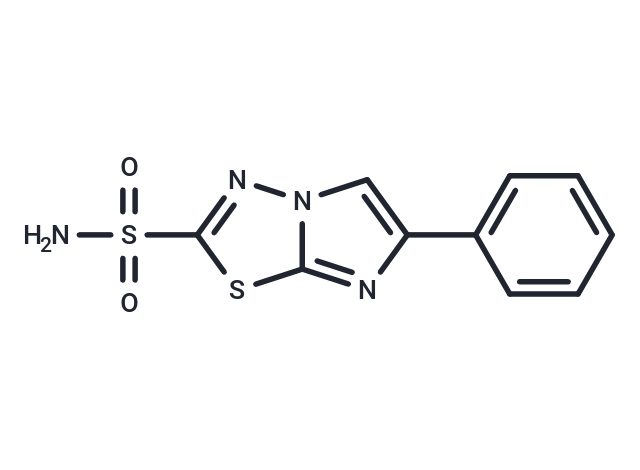Shopping Cart
Remove All Your shopping cart is currently empty
Your shopping cart is currently empty
AEG 3482 is a potent antiapoptotic compound. AEG 3482 inhibits Jun kinase (JNK) activity through induced expression of heat shock protein 70 (HSP70). AEG 3482 directly binds HSP90, thereby facilitating HSF1-dependent expression of HSP70 and HSP25.

| Pack Size | Price | USA Warehouse | Global Warehouse | Quantity |
|---|---|---|---|---|
| 2 mg | $29 | In Stock | In Stock | |
| 5 mg | $48 | In Stock | In Stock | |
| 10 mg | $77 | In Stock | In Stock | |
| 25 mg | $173 | In Stock | In Stock | |
| 50 mg | $273 | In Stock | In Stock | |
| 100 mg | $394 | - | In Stock | |
| 200 mg | $573 | - | In Stock |
| Description | AEG 3482 is a potent antiapoptotic compound. AEG 3482 inhibits Jun kinase (JNK) activity through induced expression of heat shock protein 70 (HSP70). AEG 3482 directly binds HSP90, thereby facilitating HSF1-dependent expression of HSP70 and HSP25. |
| In vitro | AEG 3482 (0.3-30 μM; 2 d) inhibits nerve growth factor (NGF) withdrawal-induced death in SCG neurons, with an EC50 of ∼20 μM. AEG 3482 (10-40 μM; 30 h) inhibits p75NTR- and NRAGE-mediated JNK activation in PC12 cells. AEG 3482 (1-80 μM; 40 h) inhibits p75NTR- and NRAGE- mediated apoptosis of PC12 cells in a dose-dependent manner[1]. |
| Molecular Weight | 280.33 |
| Formula | C10H8N4O2S2 |
| Cas No. | 63735-71-7 |
| Smiles | NS(=O)(=O)c1nn2cc(nc2s1)-c1ccccc1 |
| Relative Density. | 1.75 g/cm3 |
| Color | White |
| Appearance | Solid |
| Storage | Powder: -20°C for 3 years | In solvent: -80°C for 1 year | Shipping with blue ice/Shipping at ambient temperature. | |||||||||||||||||||||||||||||||||||
| Solubility Information | DMSO: 200 mg/mL (713.44 mM), Sonication is recommended. | |||||||||||||||||||||||||||||||||||
| In Vivo Formulation | 10% DMSO+40% PEG300+5% Tween 80+45% Saline: 5 mg/mL (17.84 mM), Sonication is recommended. Please add the solvents sequentially, clarifying the solution as much as possible before adding the next one. Dissolve by heating and/or sonication if necessary. Working solution is recommended to be prepared and used immediately. The formulation provided above is for reference purposes only. In vivo formulations may vary and should be modified based on specific experimental conditions. | |||||||||||||||||||||||||||||||||||
Solution Preparation Table | ||||||||||||||||||||||||||||||||||||
DMSO
| ||||||||||||||||||||||||||||||||||||
| Size | Quantity | Unit Price | Amount | Operation |
|---|

Copyright © 2015-2026 TargetMol Chemicals Inc. All Rights Reserved.